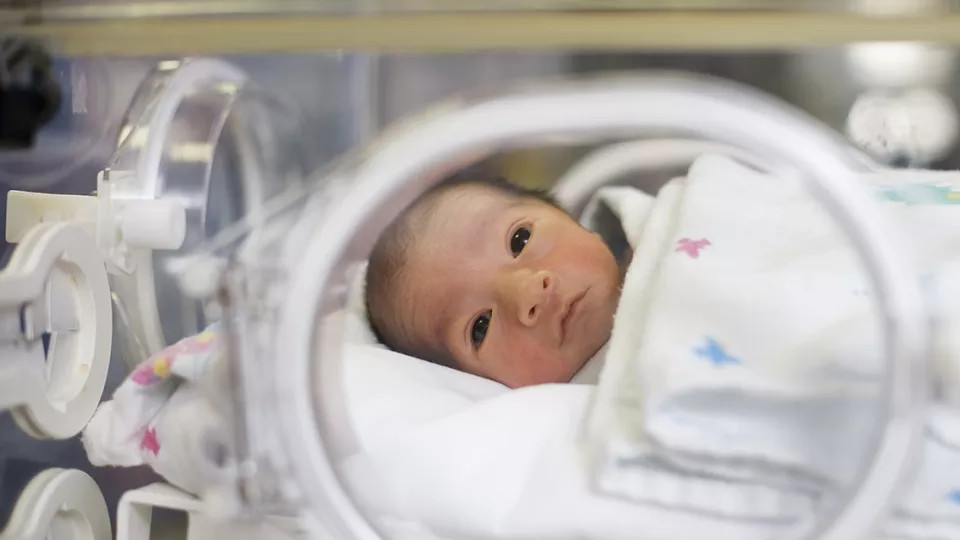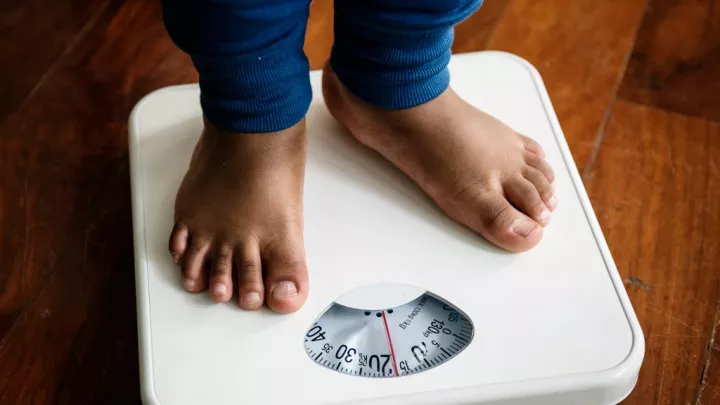
Defining Post-Obstructive Diuresis in Babies
It’s well known that clearing a lower urinary tract blockage can sometimes cause post-obstructive diuresis—a dangerous condition where a patient loses too much urine in a short time. That rapid water and salt loss can lead to dehydration, electrolyte abnormalities, low blood pressure and shock.
But how much urine output is too much? That question has a clear answer for adult patients—but not for babies and children.
“There is a well-established definition of post-obstructive diuresis in adults, but we have never had one for pediatrics,” says Andy Chang, MD, an Attending Physician in the Division of Urology and Vice Chair of Operations for the Department of Surgery at Children’s Hospital Los Angeles. “Physicians have to rely on arbitrary numbers or gut feelings, and that can lead to both over- and under-treatment.”
Dr. Chang is hoping to change that picture. Recently, he presented results from a CHLA study that proposes the first definition of post-obstructive diuresis in neonates. The findings were presented at the Western Section of the American Urological Association Annual Meeting in the fall—earning third prize for clinical research at the session.
Key findings
The retrospective study included 40 neonates at CHLA who underwent valve ablation surgery between 2004 and 2019 to correct posterior urethral valves, a congenital condition that causes urinary blockage.
Patients’ median age was 7.5 days. Those with respiratory failure or other congenital anomalies were excluded. The team looked at the babies’ urine output after the procedure, as well as the length of their hospital stay, electrolyte imbalances and whether they required intravenous (IV) fluids.
The researchers found that:
- Twenty-four hours after surgery, babies who had urine output greater than 3.5 milliliters per kilogram were 4.6 times more likely to need IV fluids.
- Those patients were also 5.5 times more likely to have a prolonged hospital stay (more than three days).
- At the four-hour mark, babies with urine output greater than 4.5 milliliters per kilogram per hour had a significant drop in potassium levels.
“Based on these results, we propose a starting definition of neonatal post-obstructive diuresis as urine output of greater than 3.5 milliliters per kilogram per hour,” Dr. Chang says. “That is the point where a patient would require closer monitoring to ensure they have adequate replacement of lost fluids and electrolytes.”
Next steps

That new threshold is lower than the level Dr. Chang had learned during his fellowship training: 5 milliliters per kilogram per hour.
“A clear definition would really aid physicians in knowing which patients they need to worry about and which ones they don’t,” he explains. “For example, if babies have urine output under that 3.5 milliliter level, you may be able to discharge them sooner.”
The team’s next goal is to publish these results and then begin to implement this definition into clinical care. While the definition is specific to babies, it could eventually be studied in older pediatric patients as well—such as those with stones that create a kidney blockage.
“The first step in advancing solutions to any problem is to have a definition that everyone can agree on or build upon,” Dr. Chang says. “More study is needed, but our hope is that this will be a starting point to enhance evidence-based care for these patients.”
Additional study authors were Zoë G. Baker, PhD, MPH; Hannah Dillon, BS; YuDing Wang, MD; Camille Nicolas, MD; Erin Annick, BS; and Kevin Lemley, MD, PhD.


